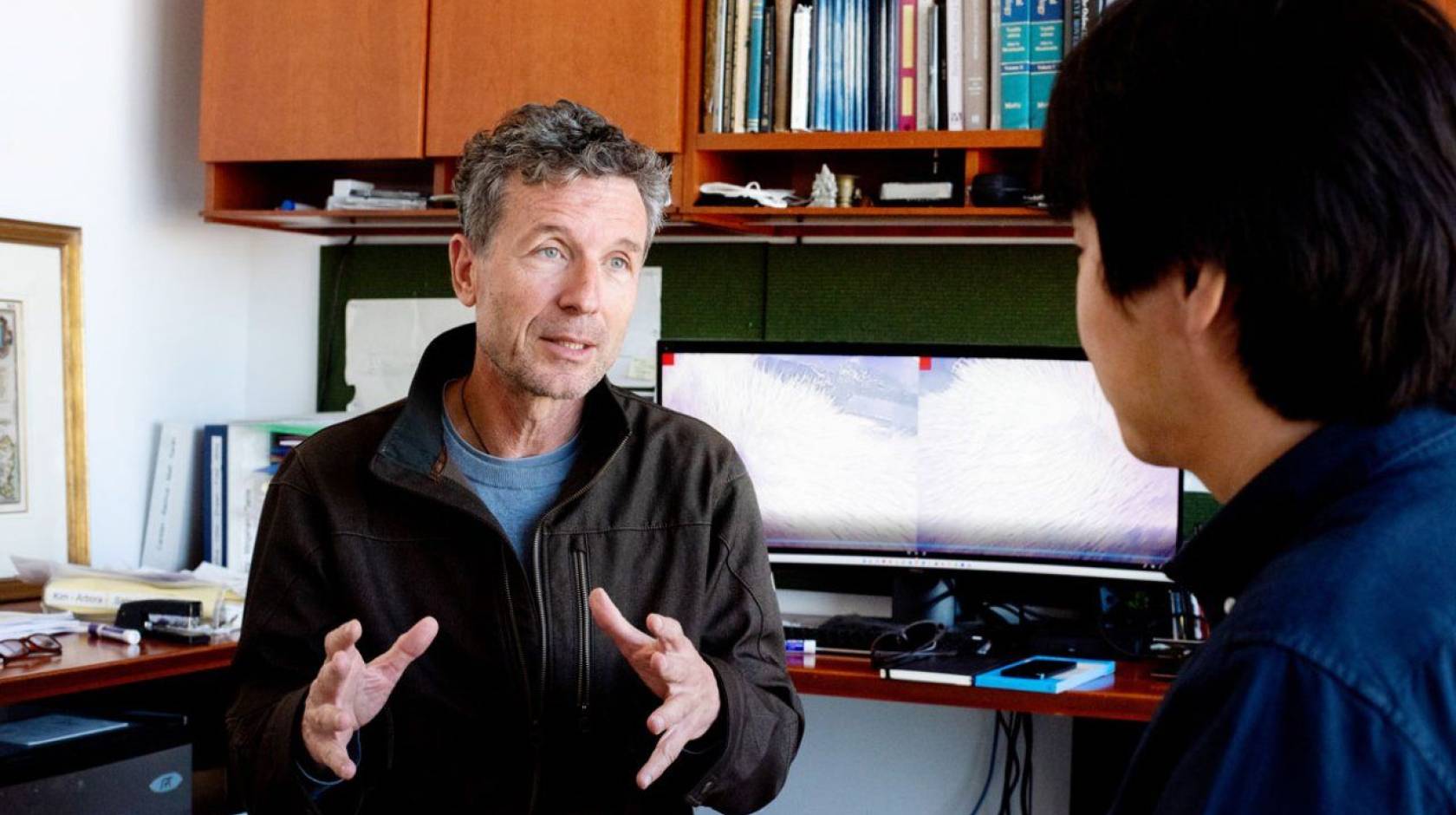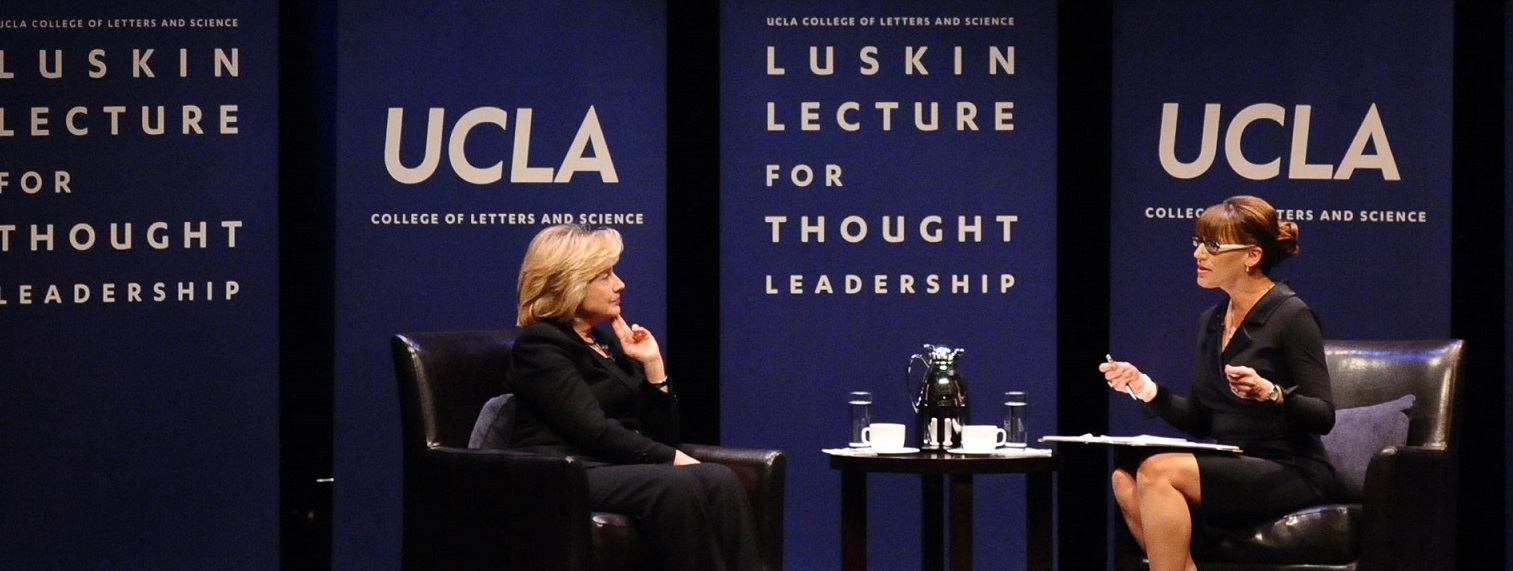
When our eyes move during REM sleep, we’re gazing at things in the dream world our brains have created, according to a new study by researchers at UC San Francisco. The findings shed light not only into how we dream, but also into how our imaginations work.
根据加州大学旧金山分校研究人员的一项新研究,当我们的眼睛在快速眼动睡眠期间移动时,我们正在凝视着大脑创造的梦中世界中的东西。这些发现不仅揭示了我们是如何做梦的,也揭示了我们的想象力是如何发挥作用的。
REM sleep — named for the rapid eye movements associated with it — has been known since the 1950s to be the phase of sleep when dreams occur. But the purpose of the eye movements has remained a matter of much mystery and debate.
快速眼动睡眠——得名于与之相关的快速眼球运动——自20世纪50年代以来就被认为是做梦时的睡眠阶段。但眼球运动的目的一直是一个谜,也是一个有争议的问题。
“We showed that these eye movements aren’t random. They’re coordinated with what’s happening in the virtual dream world of the mouse,” said Massimo Scanziani, Ph.D., senior author on the study, which appears in the Aug. 25, 2022, issue of Science.
“我们表明,这些眼球运动不是随机的。它们与老鼠的虚拟梦境世界中发生的事情相协调,”该研究的资深作者Massimo Scanziani博士说,该研究发表在2022年8月25日的《科学》杂志上。
“This work gives us a glimpse into the ongoing cognitive processes in the sleeping brain and at the same time solves a puzzle that’s triggered the curiosity of scientists for decades,” he said.
他说:“这项工作让我们得以一窥睡眠大脑中正在进行的认知过程,同时解决了一个几十年来引发科学家好奇心的谜题。”
Connecting eye movement with dream direction
将眼球运动与梦的方向联系起来
In the second half of the 20th century, some experts hypothesized that these REM movements may be following scenes in the dream world, but there was little way to test it, and the experiments that could be done (noting a dreamers’ eye direction and then waking them up to ask where they were looking in the dream) provided contradictory results. Many researchers wrote off REM movements as random actions, perhaps to keep the eyelids lubricated.
在20世纪下半叶,一些专家假设这些快速眼动运动可能是在追随梦境中的场景,但当时几乎没有方法来验证这一点,而且可以做的实验(注意做梦者的眼睛方向,然后叫醒他们,问他们在梦中看哪里)提供了相互矛盾的结果。许多研究人员认为快速眼动是随机行为,可能是为了保持眼睑润滑.
This generative ability of our brain is the basis of our creativity.
我们大脑的这种生成能力是我们创造力的基础
Given much more advanced technology, Scanziani, along with UCSF postdoctoral researcher Yuta Senzai, Ph.D., were able to look at “head direction” cells in the brains of mice, who also experience REM sleep. These cells act something like a compass, and their activity shows researchers which direction the mouse perceives itself as heading.
有了更先进的技术,Scanziani和加州大学旧金山分校博士后研究员Yuta Senzai博士能够观察小鼠大脑中的“头部方向”细胞,这些小鼠也经历了快速眼动睡眠。这些细胞的作用类似于指南针,它们的活动向研究人员展示了老鼠认为自己前进的方向。
The team simultaneously recorded data from these cells about the mouse’s heading directions while monitoring its eye movements. Comparing them, they found that the direction of eye movements and of the mouse’s internal compass were precisely aligned during REM sleep, just as they do when the mouse is awake and moving around.
研究小组同时从这些细胞中记录了老鼠前进方向的数据,同时监测了它的眼球运动。通过比较,他们发现,在快速眼动睡眠期间,老鼠的眼球运动方向和体内指南针的方向是精确对齐的,就像老鼠醒着四处走动时一样。
A perfectly harmonious fake world
一个完美和谐的假世界
Scanziani is interested in the “generative brain,” meaning the ability to make up objects and scenarios.
Scanziani对“生成大脑”感兴趣,这意味着创造物体和场景的能力。
“One of our strengths as humans is this capacity to combine our real-world experiences with other things that don’t exist at the present moment and may never exist,” he said. “This generative ability of our brain is the basis of our creativity.”
他说:“作为人类,我们的优势之一是能够将现实世界的经验与其他目前不存在、可能永远不存在的东西结合起来。”“大脑的这种生成能力是我们创造力的基础。”
It’s difficult to study this type of brain function, however; it requires looking into the brain while it’s developing new experiences and ideas in the absence sensory input. Dreaming provides just that opportunity.
然而,研究这种类型的大脑功能很困难;它需要观察大脑,当它在没有感官输入的情况下发展新的经验和想法时。梦想提供了这样的机会。
In a dream, Scanziani noted, you can combine familiar things with the impossible. He described a recurrent dream he had as a young diver, in which he was able to breathe under water. Invariably, he woke up to find it wasn’t true. “But in the dream, you believe it’s real because there aren’t sensory inputs to bring you back to reality,” said Scanziani. “It’s a perfectly harmonious fake world.”
Scanziani指出,在梦中,你可以把熟悉的事情与不可能的事情结合起来。他描述了自己年轻时反复做的一个梦,梦见自己能在水下呼吸。他醒来后总是发现这不是真的。“但在梦中,你相信这是真的,因为没有感官输入把你带回现实,”Scanziani说。“这是一个完美和谐的虚假世界。”
Scanziani’s team found that the same parts of the brain — and there are many of them — coordinate during both dreaming and wakefulness, lending credence to the idea that dreams are a way of integrating information gathered throughout the day.
Scanziani的团队发现,在做梦和清醒时,大脑的相同部分——有很多——都在协调,这证实了梦是一种整合全天收集的信息的方式。
How those brain regions work together to produce this generative ability is the mystery that Scanziani plans to continue trying to unravel.
这些大脑区域是如何协同工作产生这种生成能力的,这是Scanziani计划继续解开的谜团。
“It’s important to understand how the brain updates itself based on accumulated experiences,” he said. “Understanding the mechanisms that allow us to coordinate so many distinct parts of the brain during sleep will give us insight into how those experiences become part of our individual models of what the world is and how it works.”
他说:“重要的是要了解大脑是如何根据积累的经验进行自我更新的。”“了解让我们在睡眠中协调大脑这么多不同部分的机制,将让我们深入了解这些经历是如何成为我们对世界是什么以及它是如何运作的个人模型的一部分。”




